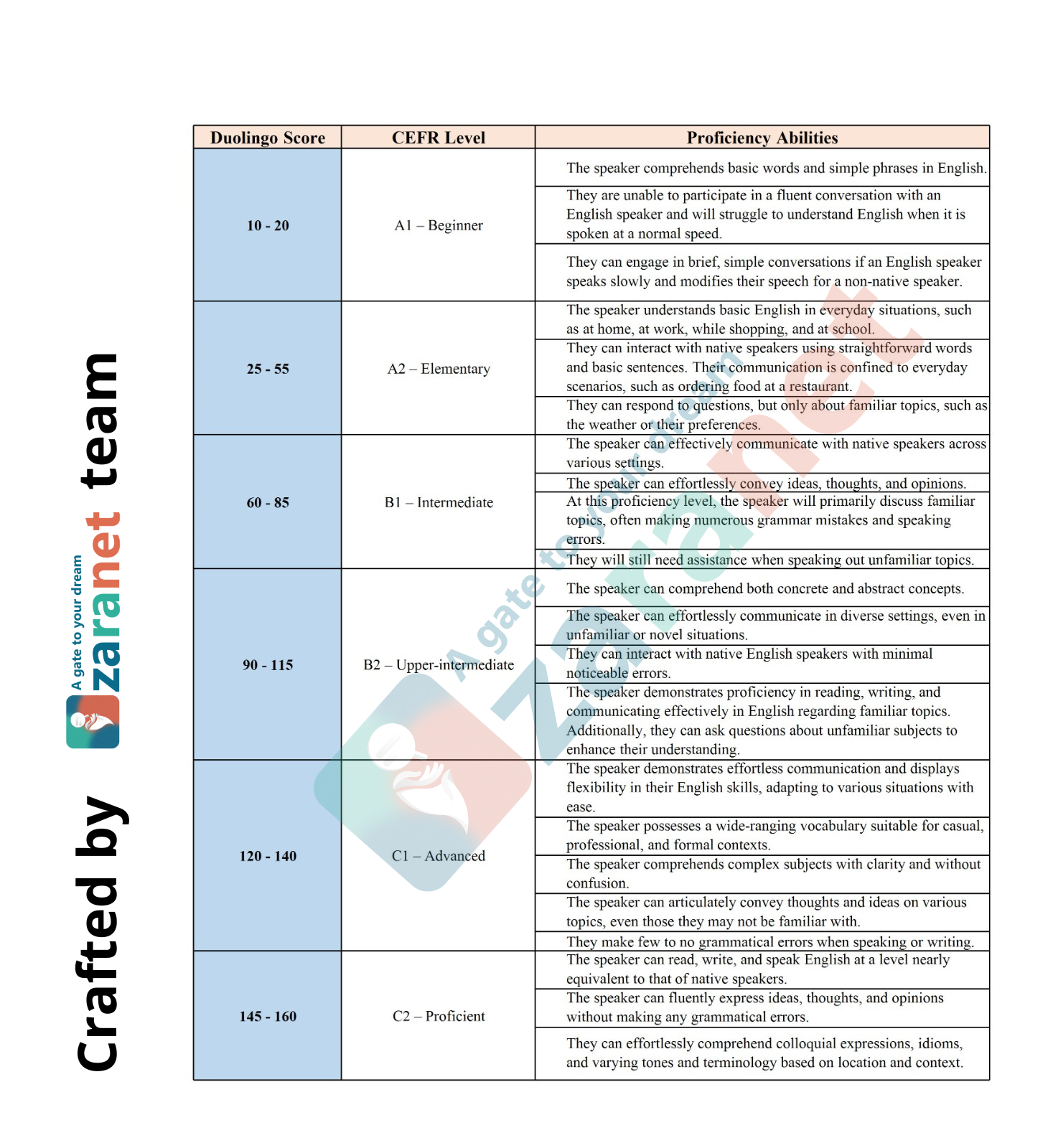In the contemporary globalized landscape, where interconnectedness is paramount, mastery of the English language holds heightened significance. While conventional assessments like TOEFL and IELTS have traditionally dominated the evaluation of language proficiency, innovative options are now emerging, such as the Duolingo English Test. This fresh examination method is gaining traction among students and professionals alike, providing an intuitive and accessible means to showcase their English language capabilities.
With the ever-expanding landscape of language proficiency assessments, the Duolingo English Test (DET) has risen to prominence as a versatile and user-friendly option for individuals aiming to showcase their proficiency in the English language. Whether you're a prospective student aiming for academic admissions, an international traveler seeking to fulfill visa requirements, or a professional looking to enhance your employability, the DET offers a convenient avenue to demonstrate your linguistic capabilities. However, navigating the intricacies of this assessment tool can be pivotal to your success in achieving your goals.
In this comprehensive guide, Izaranet embarks on an in-depth exploration of the Duolingo English Test, dissecting its features, nuances, and significance in various contexts. From its inception to its current standing in the realm of standardized language assessments, we delve into the evolution of the DET and its emergence as a popular choice among test-takers worldwide.
So, no matter if you're embarking on a journey of academic advancement, global exploration, or professional development, let us be your guide to unlocking the potential of the Duolingo English Test and realizing your aspirations in the realm of English language proficiency.
Established in 2016 with a commitment to enhancing how students demonstrate their English language proficiency, the Duolingo test center pioneered the concept of a fully digital-first Secure English Language Test (SELT).
he Duolingo English Test (DET) stands as an online, standardized evaluation designed to gauge one's reading, speaking, and comprehension abilities in English. Relatively recent to the realm of English proficiency assessments, it offers swiftness, convenience, and affordability.
Initially concentrating on broadening access to higher education for high-achieving students from low-income backgrounds, Duolingo progressively expanded the test to incorporate comprehensive speaking and writing segments. The onset of the global pandemic in 2020 catalyzed a surge in demand for online assessments, further solidifying the test's prominence. Consequently, an increasing number of educational institutions began accepting the Duolingo English Test for admissions, positioning it as a favored alternative to conventional assessments like the SAT, ACT, or TOEFL.
In the United States, many colleges and universities mandate proof of English proficiency for prospective international students. For non-native English speakers aspiring to enroll in English-speaking universities, demonstrating linguistic competence is essential, with proficiency tests such as Duolingo serving as a viable option.
The Duolingo English Test has garnered increasing recognition among international students, officially accepted by over 5000 universities and institutions worldwide, with more joining them every day.
The Duolingo English test comprises four main sections:
Throughout the exam, you will encounter various tasks, including:
The testing process typically takes less than an hour, with results being certified within two days, allowing you to submit your results to as many institutions as needed.
Here's a breakdown of the test elements:
In addition to multiple-choice questions, you'll tackle open-ended questions to evaluate your spoken and written English skills, with all responses graded by the computer.
The Duolingo English Test evaluates test takers' English proficiency on a scale from 10 to 160, aligning each score with the corresponding level on the Central European Framework of References for Languages (CEFR). This framework, ranging from beginner to advanced proficiency, provides a standardized measure of language skills.
Here is how to interpret Duolingo English Test scores based on the CEFR English levels:

Most individuals target a proficiency level of at least B1, which is often the minimum requirement for immigration purposes. Attaining an intermediate level of English proficiency enables effective communication in daily life and facilitates study in many academic institutions. However, for certain advanced academic programs, a proficiency level of B2 or C1 may be necessary.
The Duolingo English Test provides a flexible pricing structure to accommodate varying needs:
Taking the Duolingo English Test is convenient and accessible, as it can be done online from the comfort of your own home. There's no need to visit a test center or adhere to specific scheduling requirements. All you need is a computer equipped with a working microphone and speakers, a webcam, an internet connection, and a valid form of identification.
The exam utilizes an adaptive computerized testing format, meaning that question difficulty and sequencing vary. Unlike traditional tests, the Duolingo English Test doesn't group questions by type, keeping you on your toes as you won't know what type of task is coming next. Throughout the test, question difficulty dynamically adjusts, presenting you with tasks of varying levels of challenge.
Getting started with the Duolingo English Test is straightforward. Simply register for a free account on the Duolingo English Test website using the provided link: https://englishtest.duolingo.com/applicants
Once registered, you can access the free readiness guide, which prepares you for each part of the exam, ensuring you approach the test confidently. Preparing in advance allows you to focus on strengthening any areas of weakness, maximizing your performance on test day.
Here are the benefits of taking the Duolingo English Test: